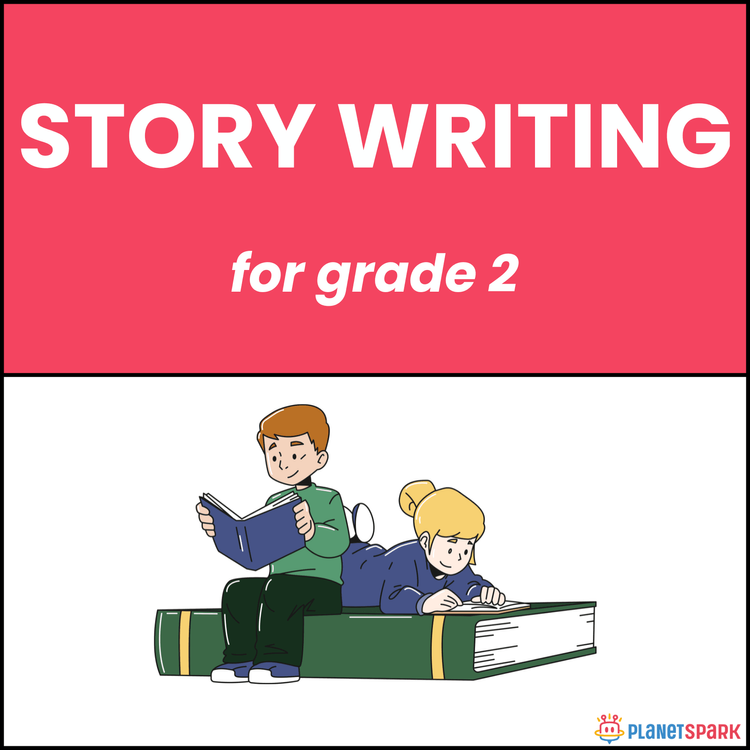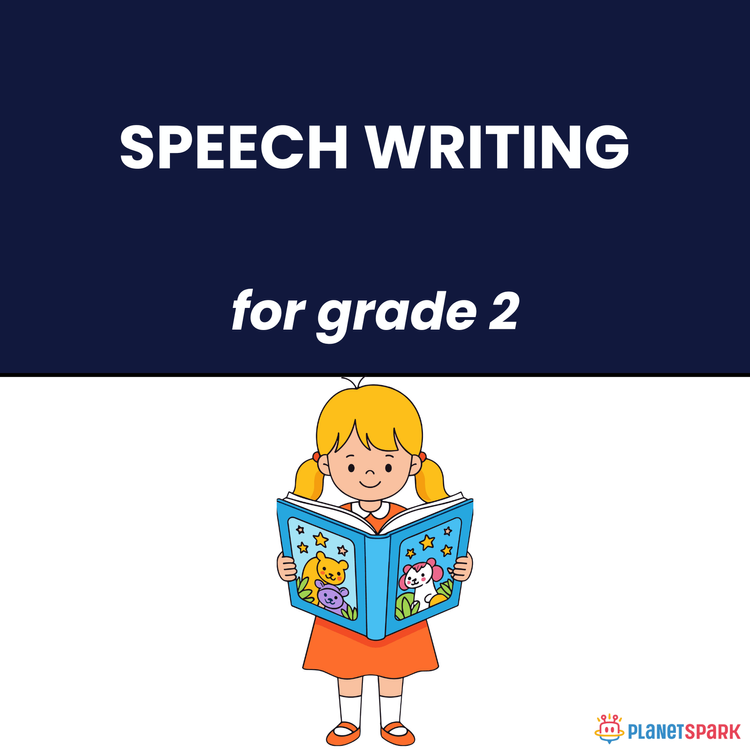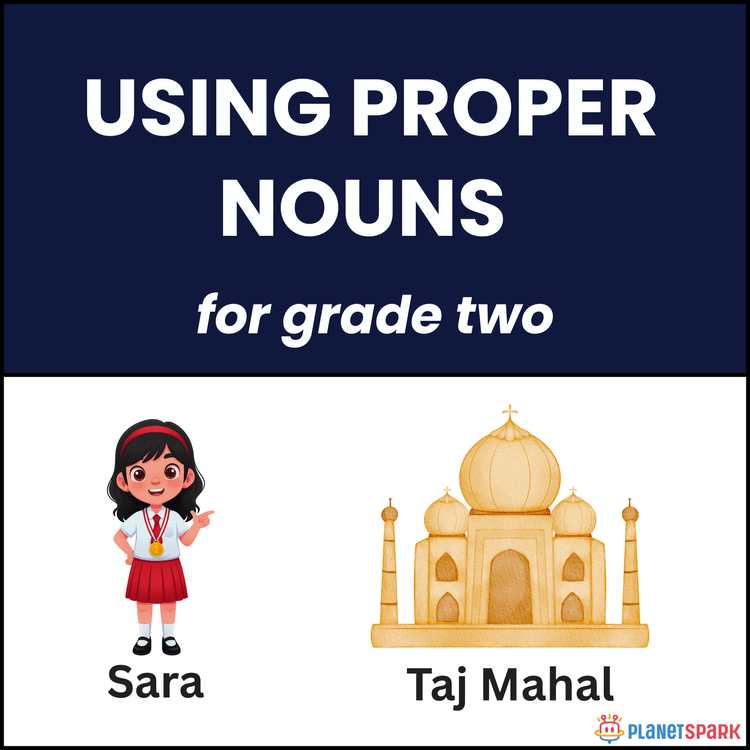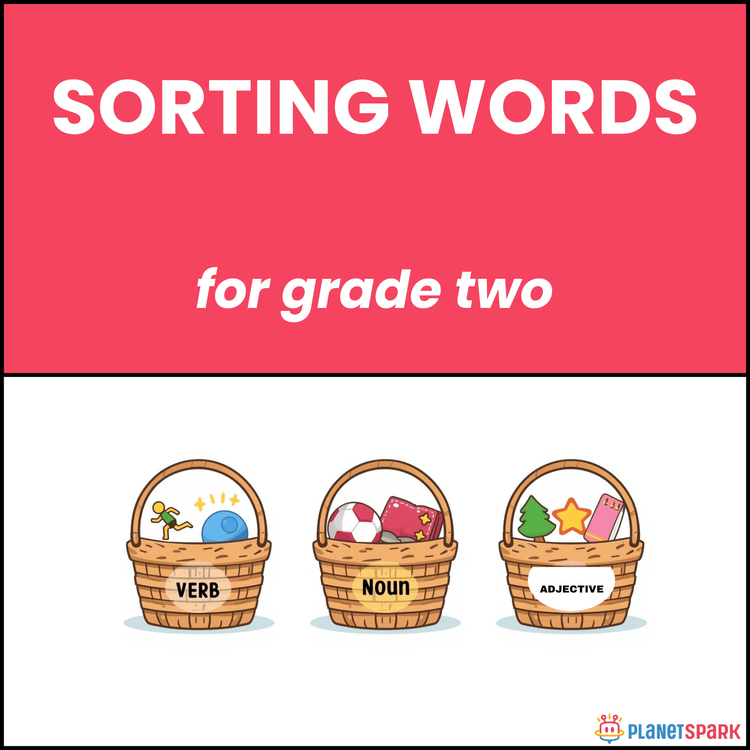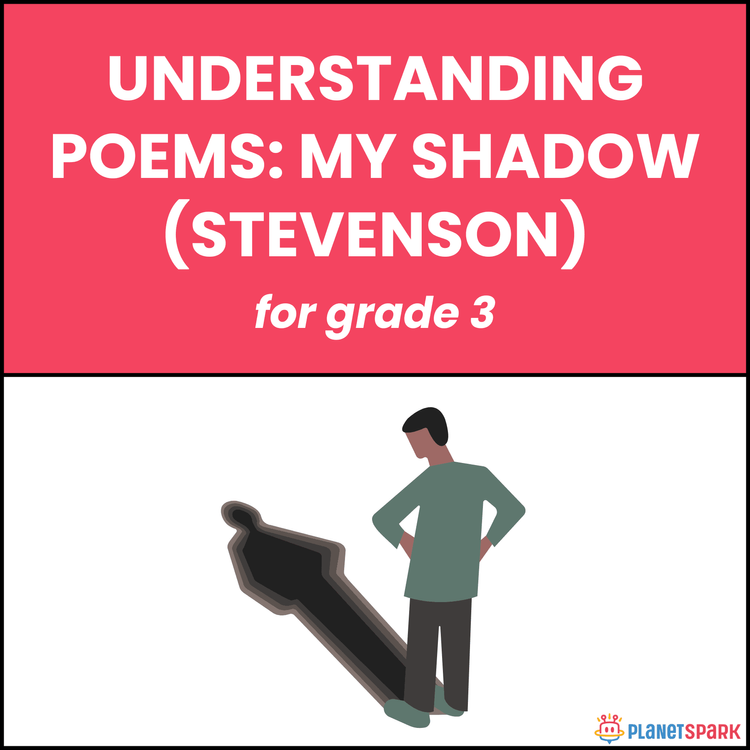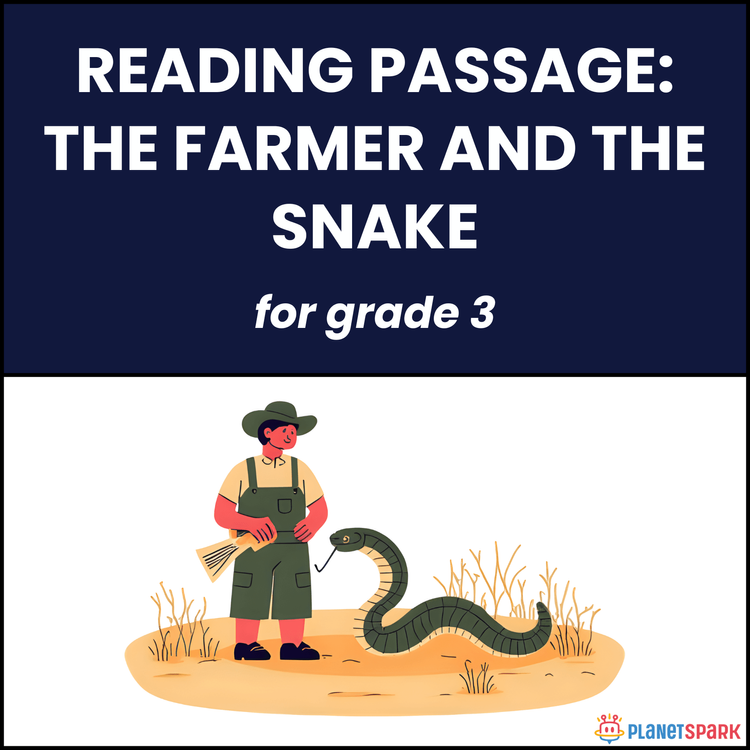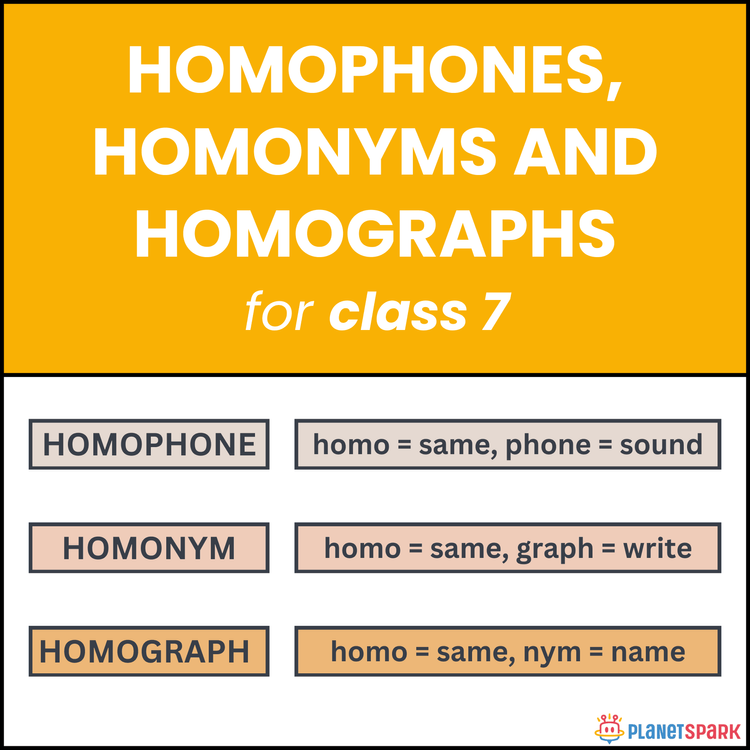Class 2 Worksheet – Proper vs Common Nouns
Class 2EnglishEnglish GrammarFree DownloadPDF
Tanishka SharmaVisit Profile
English teacher with 2 years of expertise from teaching in both IB and CBSE schools.
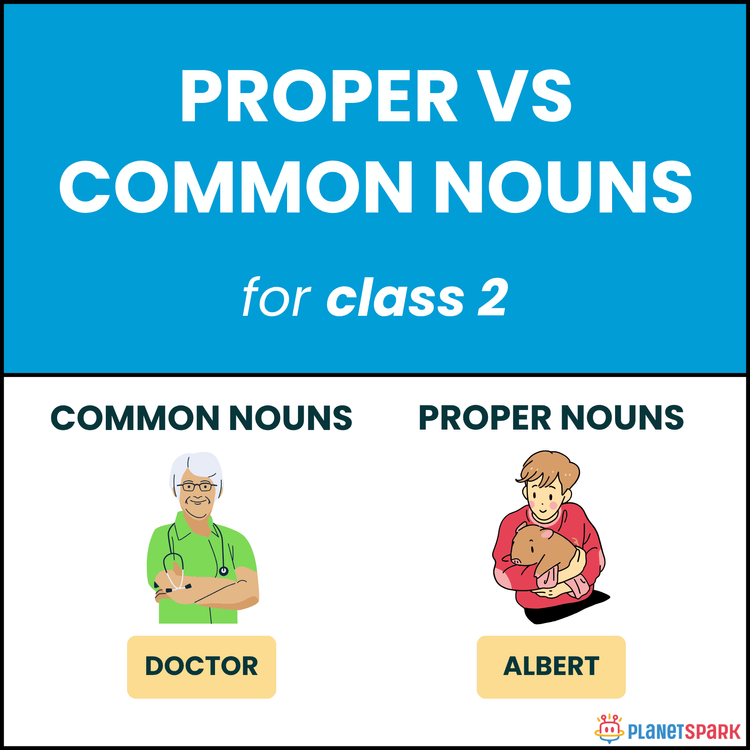

Class 2 Worksheet – Proper vs Common Nouns
Class 2EnglishEnglish GrammarFree DownloadPDF
Tanishka SharmaVisit Profile
English teacher with 2 years of expertise from teaching in both IB and CBSE schools.
Name It Right: Proper vs Common Nouns Practice for Class 2
This fun and engaging Class 2 worksheet helps young learners identify, classify, and use proper and common nouns with confidence. Through activities like underlining, circling, multiple-choice selection, fill-in-the-blanks, sorting, and sentence writing, children develop a strong foundation in noun recognition. The exercises use relatable examples like names, places, animals, and everyday objects, making grammar both visual and memorable.
Why Proper vs Common Nouns Matter in Grammar?
Understanding proper and common nouns helps children:
1. Recognize the difference between specific names and general terms.
2. Use correct capitalization for proper nouns.
3. Build more descriptive and accurate sentences.
4. Improve both spoken and written communication.
What’s Inside This Worksheet?
This worksheet includes five varied exercises to reinforce learning:
🧠 Exercise 1 – Underline & Circle Nouns
Students underline proper nouns and circle common nouns in everyday sentences like “Sara and her dog played in Central Park”.
✏️ Exercise 2 – Multiple Choice Questions
Learners pick the correct answer identifying proper or common nouns from three choices for each question.
📝 Exercise 3 – Fill in the Blanks
Students insert correct proper or common nouns in contextual sentences, such as naming a holiday, a city, or an animal.
🔍 Exercise 4 – Sorting Activity
Learners separate a mixed list of words like *Tiger*, *Museum*, *London*, *Shoes* into proper nouns and common nouns.
✍️ Exercise 5 – Sentence Writing
Students create original sentences using given words and mark them as proper or common nouns.
✅ Answer Key (For Parents & Educators)
Exercise 1 – Underline Proper Nouns / Circle Common Nouns
1. Sara (underline), dog (circle), Central Park (underline)
2. uncle (circle), Chicago (underline)
3. zoo (circle), Nina (underline)
4. Mr. Patel (underline), math (circle)
5. postcard (circle), Paris (underline)
6. Mom (underline), Dad (underline), Grandma Lucy (underline)
7. Emma (underline), picture (circle), mountain (circle)
8. brother (circle), Dr. Singh (underline)
9. Liam (underline), tiger (circle), Delhi Zoo (underline)
10. Aunt Meera (underline), cookies (circle), Diwali (underline)
Exercise 2 – MCQs
1. Proper noun – Emily
2. Common noun – river
3. Proper noun – Mr. Singh
4. Common noun – day
5. Proper noun – Monday
6. Common noun – city
7. Proper noun – Mumbai
8. Common noun – bird
Exercise 3 – Fill in the Blanks (Answers may vary)
1. Rohan
2. butterfly
3. Christmas
4. teacher
5. Delhi
6. park
7. Priya
8. Tom and Jerry
9. zoo
10. Green Valley
Exercise 4 – Sorting
**Proper Nouns:** Tiger, Sophie, Grand Canyon, London, Ram, Central Library
**Common Nouns:** Uncle, City, Shoes, Museum, Doctor, Dog
Exercise 5 – Sample Sentences (Answers may vary)
1. I ate a red apple. (common)
2. Sneha is my best friend. (proper)
3. The doctor helped the patient. (common)
4. We played in the park. (common)
5. Diwali is my favorite festival. (proper)
Help your child master nouns and boost grammar skills with fun, relatable examples — start practicing today!
🔖Book a free trial!
Frequently Asked Questions
Children can identify proper nouns as specific names that always start with capital letters, while common nouns are general names for people, places, or things and usually start with lowercase letters.
Learning to use capital letters for proper nouns helps students write correctly and understand the importance of names in grammar.
Activities like noun sorting games, flashcards, and picture labeling can make learning proper and common nouns engaging for kids.
